Manuela, Germany, Classic Film Enthusiast Welcome to my world and make yourself comfortable!
Last active 60 minutes ago
Don't wanna be here? Send us removal request.
Text
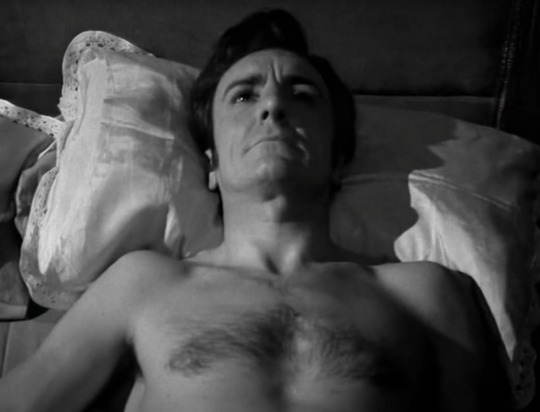
Eric Porter as Soames Forsyte in "The Forsyte Saga" (1967)
0 notes
Text
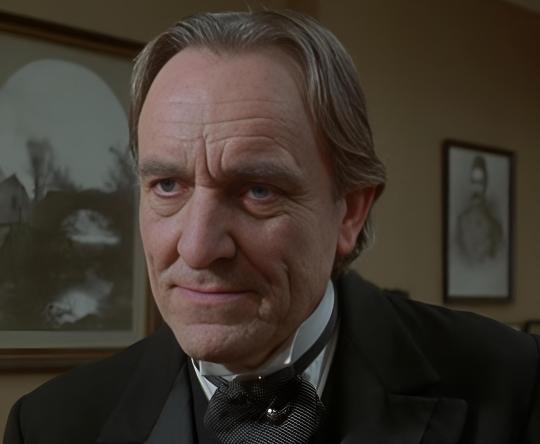
"He is a man of good birth and excellent education, endowed by nature with a phenomenal mathematical faculty. But the man had hereditary tendencies of the most diabolical kind. A criminal strain ran in his blood, which, instead of being modified, was increased and rendered infinitely more dangerous by his extraordinary mental powers. He is the Napoleon of crime, Watson. "
Eric Porter as Professor James Moriarty in "The Final Problem" (1985)
1 note
·
View note
Text

Eric Porter as Soames Forsyte and Nyree Dawn Porter as Irene in "The Forsyte Saga" (1967)
#eric porter#nyree dawn porter#the forsyte saga#soames forsyte#irene forsyte#passion#kiss#so fascinating#my gif
2 notes
·
View notes
Text
youtube
A Tribute to Eric Porter (1928 - 1995) and Nyree Dawn Porter (1940 - 2001) in the roles of their lives
“You’ve tried to buy me with your money and your position and with your love. Yes, you have loved me and you still do in your way.” (Irene)
“You gave me your sacred vow and broke it. You refused me children, the son I wanted. You put me in prison. But you still move me. Inspite of everything I still want you.” (Soames)
Music:
Gene Pitney: “Something's Gotten Hold of My Heart” (1967) Harry Nilsson: “Without You” (1972)
0 notes
Text

Basil Rathbone as Sherlock Holmes and Nigel Bruce as Dr. Watson
11 notes
·
View notes
Text

Basil Rathbone and Nigel Bruce as Sherlock Holmes and Dr. Watson
82 notes
·
View notes
Text

Gene Hackman as Rupert Anderson in "Mississippi Burning" (1988)
#gene hackman#mississippi burning#so brilliant#He won a Silver Bear at the Berlin Film Festival for this great performance
14 notes
·
View notes
Text






"Ich bin groß darin, wenn es darum geht nach vorn zu stürmen, wo Engel furchtsam weichen." (James T. Kirk in "Star Trek VI - Das unentdeckte Land")
Herzlichen Glückwunsch und alles Gute zum Geburtstag für meinen Lieblingscaptain der "Enterprise" Mit seiner wunderbaren Darstellung des charismatischen James T. Kirk hat William Shatner, der 2021 mit 90 (!) Jahren einen kurzen Ausflug ins All unternahm, eine unsterbliche Ikone der Populärkultur geschaffen. Man sollte unbedingt erwähnen, dass William Shatner auch abseits von "Star Trek" ein ausgezeichneter Charakterdarsteller ist, wie man unter vielen anderem in "Weißer Terror" (als der rassistische Aufrührer Adam Crane) und in "Boston Legal" (als der exzentrische Rechtsanwalt Denny Crane) sehen kann.
#william shatner#star trek#raumschiff enterprise#james t kirk#happy birthday#unvergesslich und brillant#unforgettable and brilliant
19 notes
·
View notes
Text
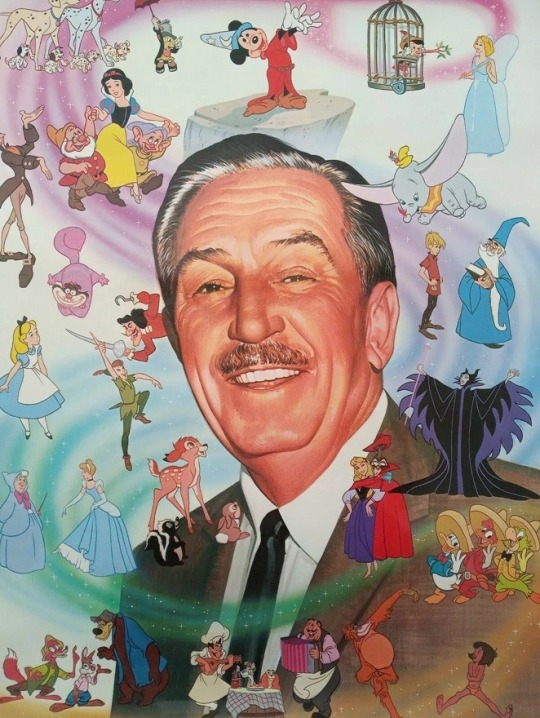
“I dream, I test my dreams against my beliefs, I dare to take risks, and I execute my vision to make those dreams come true.” (Walt Disney)
1 note
·
View note
Text

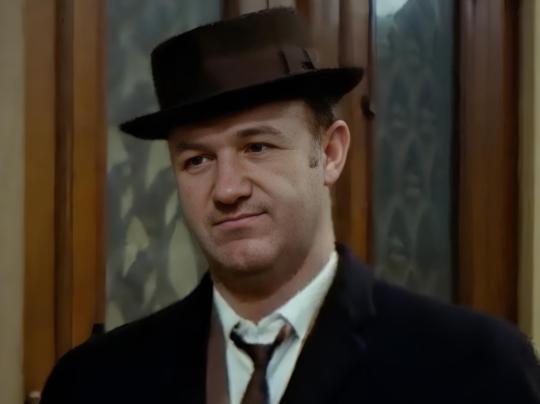
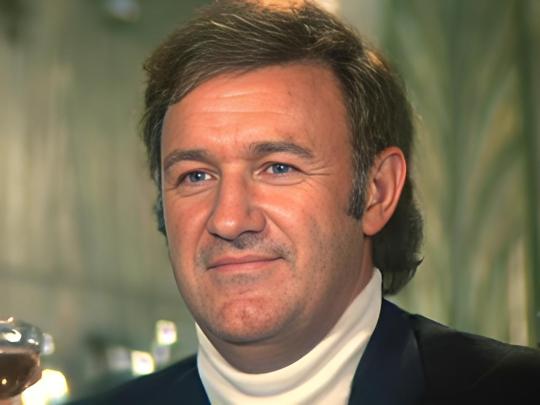
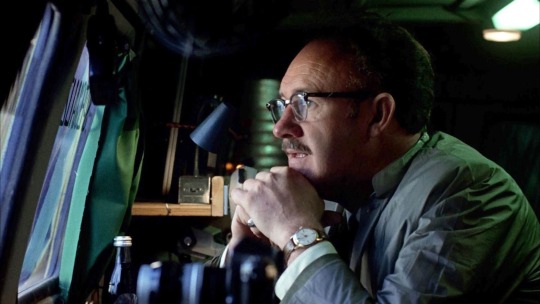
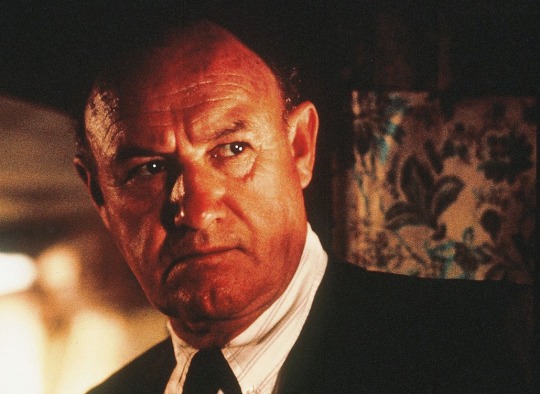
In memoriam Gene Hackman (1930 - 2025)
#gene hackman#the french connection#the poseidon adventure#the conversation#mississippi burning#in memoriam#so sad
22 notes
·
View notes
Photo
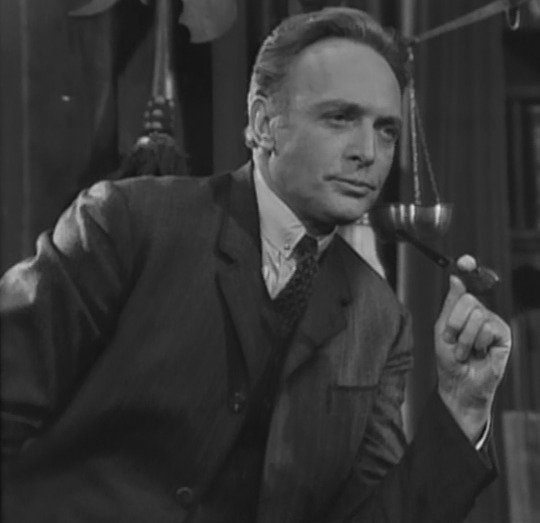
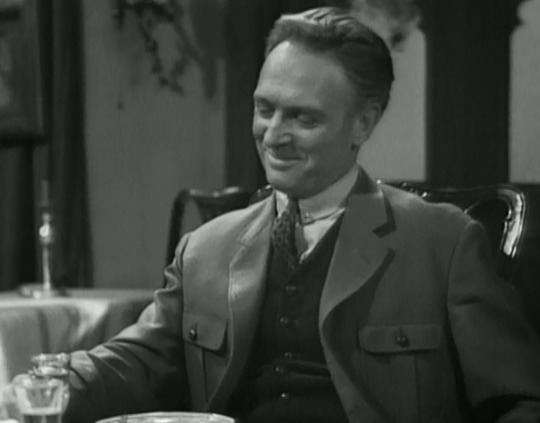
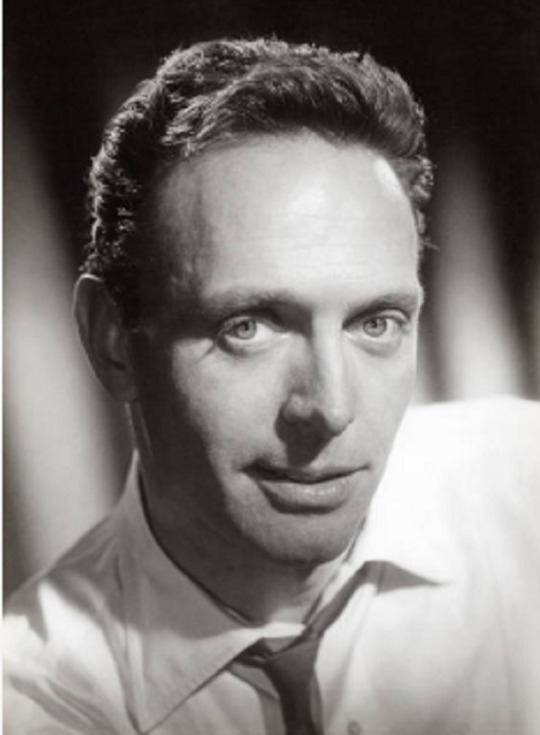

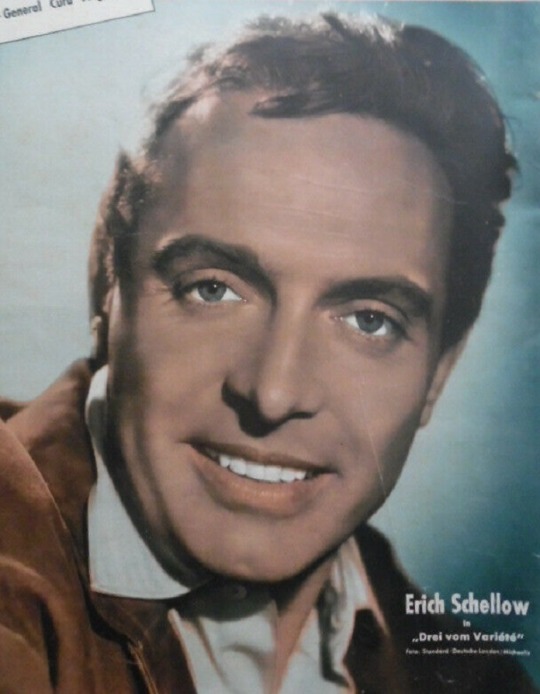


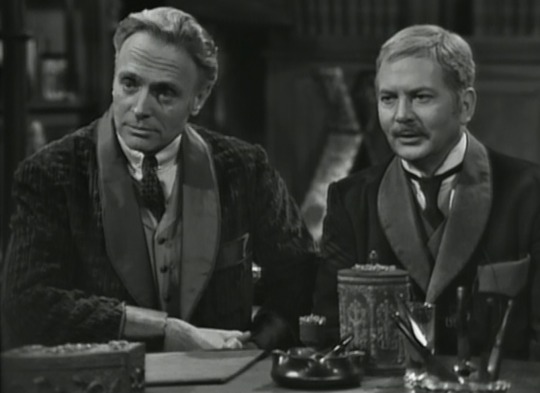

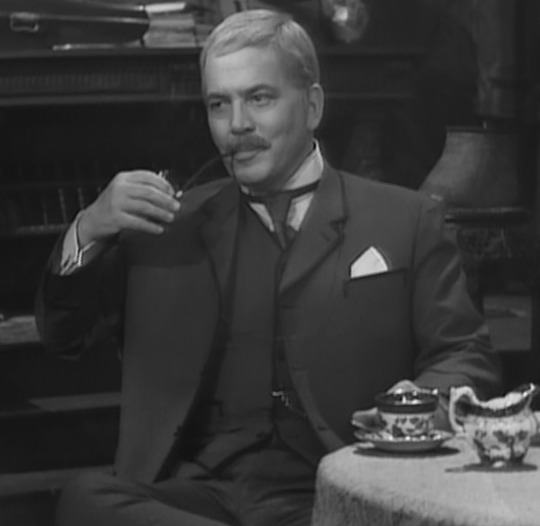
Erich Schellow: Germany’s Sherlock Holmes and a genius of the theatre
Erich Schellow was born on February 27th, 1915 in Berlin. He was the son of a merchant. Already in his school days he often appeared on the stage. In 1937 he graduated from the Prussian State Theater’s drama school. From 1937 until 1940 he was an ensemble member of the Deutsches Volkstheater in Hamburg-Altona. From 1940 until 1945 he was engaged at the Preußisches Staatstheater in Berlin. Apart from another brief engagement in Hamburg and guest performances in Zurich and Vienna, Berlin remained the center of his artistic work. From 1948 on, Schellow was a member of the ensemble of the Staatliche Schauspielbühnen in Berlin and remained a constant in Berlin’s cultural scene until the theatre was closed in 1993.
Erich Schellow was deeply indignant at the closure and his outrageously degrading dismissal. He took legal action and even demonstrated together with other fellow actors against the closure of the venue so rich in a tradition dating from 1907. Schellow suffered a severe stroke in 1993 from which never recovered. Close friends hint that the closing of his theatre, that he regarded as his home for decades, broke his heart.
Erich Schellow is regarded as one of Germany’s most important stage actors of the twentieth century. In his long and brilliant career he played almost all of the great roles in classical theatrer: from the radiant youthful hero to the mature and complex character. He was honored with several high awards for his artistic work.
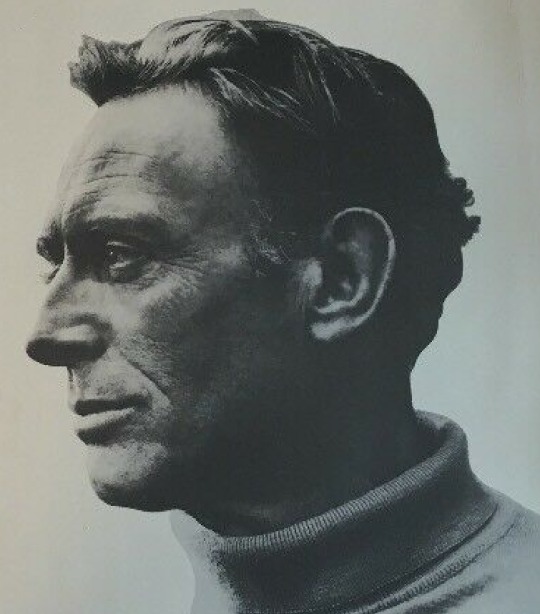
Schellow’s unmistakably sonorous voice was particularly praised. One critic wrote enthusiastically: “He speaks like a god!”
Schellow often made recordings of classical literature and several radio plays.
As a voice actor, an artistic activity that he did not particularly appreciate and therefore only performed occasionally but brilliantly, he lent his voice to fellow actors like Peter Cushing, Rex Harrison and Mel Ferrer.
The theatre was always the most important medium for Erich Schellow, so he only very rarely took roles in films and televsion movies. The film producers didn’t quite know what do with him. So Schellow was often only cast for his good looks and his elegant manner. But nevertheless he played some impressive roles.
In “In jenen Tagen” (“In Those Day”), an episode film about a car and the fates of the people associated with it in the period from 1933 to 1945, he played his first film role: a young man named Karl, a former soldier, who is now scrapping the car. In “Der 20. Juli” (“The 20th July”), a film about the the unfortunately unsuccessful assassination attempt on Hitler) he played a protestant pastor, who openly preaches against Nazi barbarism and is arrested for his heroism. His later fate is only alludd but he is undoubtedly sentenced to death for his heroism. In “Hotel Adlon”, a family saga about the famous Berlin hotel, he played Louis Adlon, the son of the founder of the hotel. In a touching scene set in the final phase of the Second World War, he begs his staff to leave the hotel to seek refuge elsewhere. Nobody leaves him and he is deeply moved by their loyalty. In “Tragödie auf der Jagd” (“Tragedy on the Hunt”), a television film based on the novel by Anton Chekhov, he plays the cynical examining magistrate Kamyshev who kills his lover Olenka but is not punished for his crime because he throws suspicion on another man, who is falsely imprisoned for the murder.
In 1967 the WDR (Westdeutscher Rundfunk), a local TV channel of the West German television, produced a six episode television series about the English master detective Sherlock Holmes. Strangely enough, the series was not broadcast under the title “Sherlock Holmes” but the opening credits name the author Arthur Conan Doyle. The series was based on translated scripts written for the BBC series starring Douglas Wilmer.
Erich Schellow played Sherlock Holmes, while his faithful friend Dr. John H. Watson was played by Paul Edwin Roth. The actors knew each other from their theatre work in Berlin and got along very well during the filming.
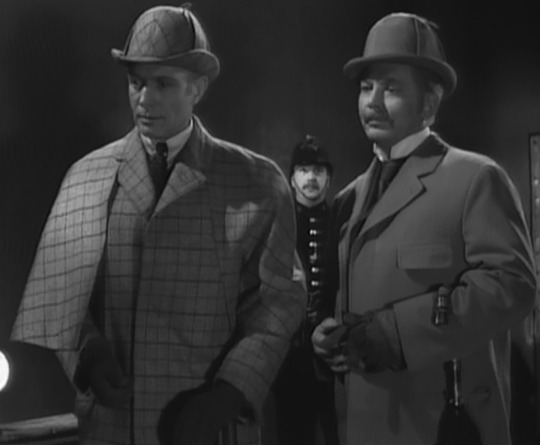
Paul May, a renowned director in film and television with a long-standig career, had a certain idea of Sherlock Holmes from the start. He wanted an impeccable, dignified, and noble master detective. To create a contrast to other television detectives at that time May avoided any action scenes. Erich Schellow wanted to play a bit more depraved Holmes including the use of cocaine but May refused strictly. In 1991 Erich Schellow was made an honorary member of the German Sherlock Holmes Society.
Paul Edwin Roth were allowed more liberties to portray Dr. Watson and he gladly took the opportunity. He is not a buffoon but instead he is amusing and witty (sometimes he even philosophizes), has a perfect name and address memory, he knows how to handle a weapon (usually his army revolver) and is a faithful friend in all situations. His favorite words are “very interesting”, a fact on which he comments ironically in “Das Haus bei den Blutbuchen” (“The Copper Beeches”)
While the use of cocaine was refused by the director, the consumption of tobacco and alcohol by Sherlock Holmes and Dr. Watson is immense. Even dear Mrs. Hudson (Austrian actress Manja Kafka), who is not only a devoted maid (not a landlady as she actually is) but also amusingly cheeky, is hard-drinking. The running gag within the series is that the cane of the umbrella of Dr. Watson serves as a vessel for alcoholic beverages.

The series was first aired on Sunday afternoons from from October 1, 1967 to March 18, 1968. It is incomprehensible that the series was never repeated until 1991 and never since. Germany’s Sherlock Holmes was never given the the attention and appreciation it deserves until this gem was released on DVD on on September 21, 2012 at last.
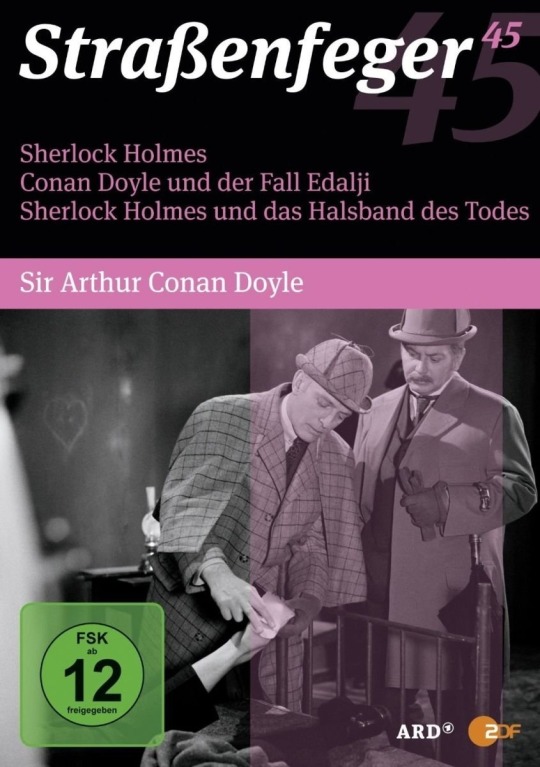
In February 1995 an avid Sherlock Holmes fan, author Uwe Somerlad, visited Erich Schellow in Berlin and conducted an interview with the actor on the occasion of his eightieth birthday. Schellow spoke in very affectionate words about the series and his fellow actors and especially about Paul Edwin Roth who died in 1985 of cancer at the age of 67. This interview, a curriculum vitae of Erich Schellow, a summary of all episodes and several stills of the series were published in a brochure in 1995. Since the edition was limited to only a hundred copies, the booklet is now completely out of print. I was lucky enough to get a copy at an exorbitant price and I am very happy about it.
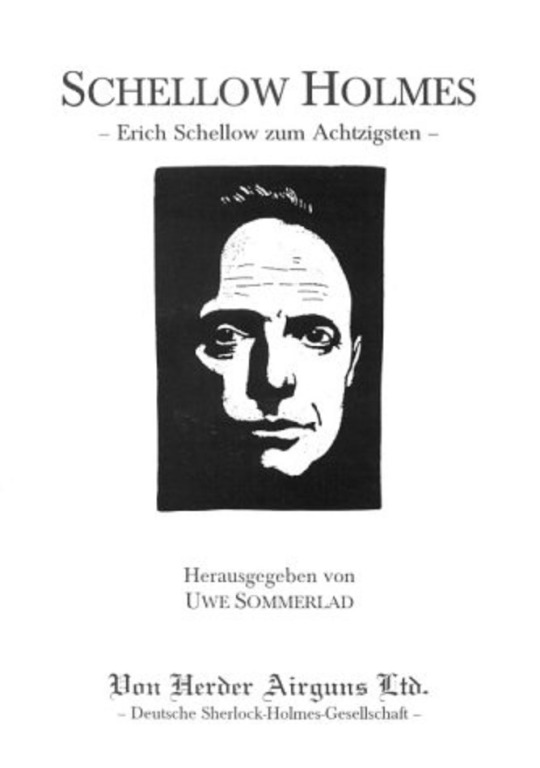
youtube
youtube
youtube
57 notes
·
View notes
Photo
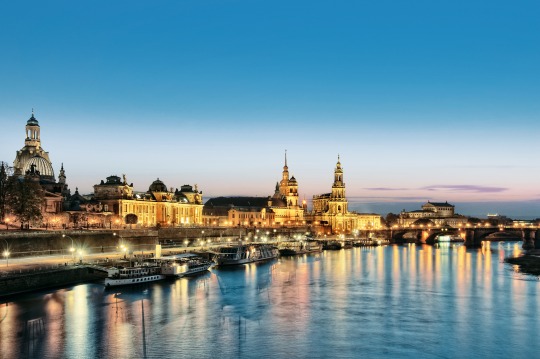
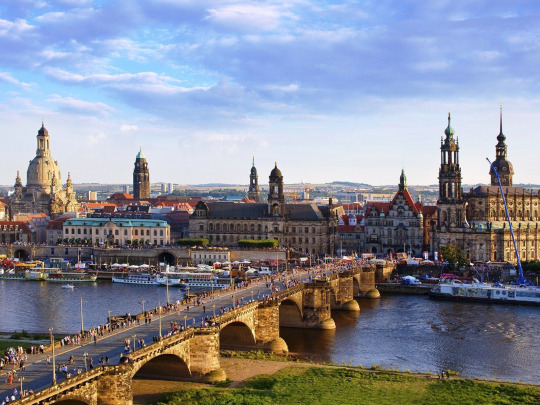
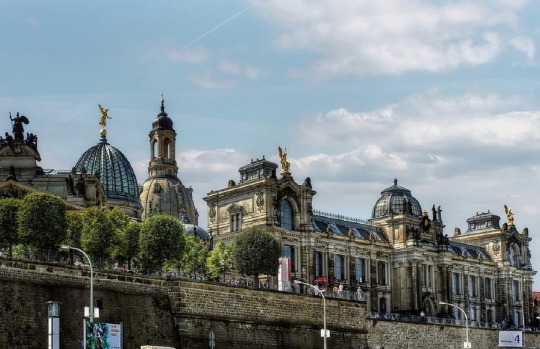
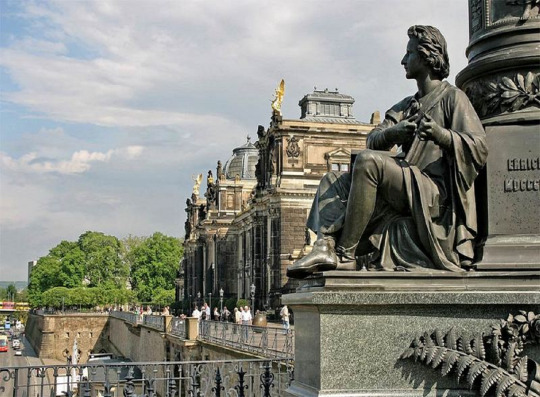
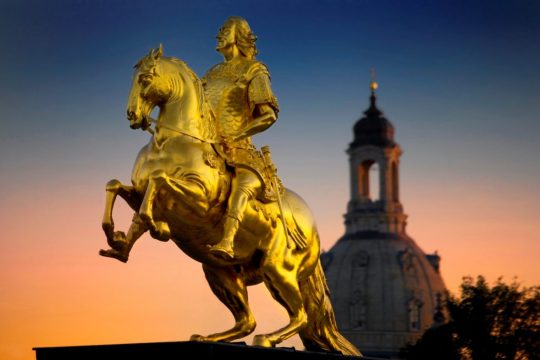
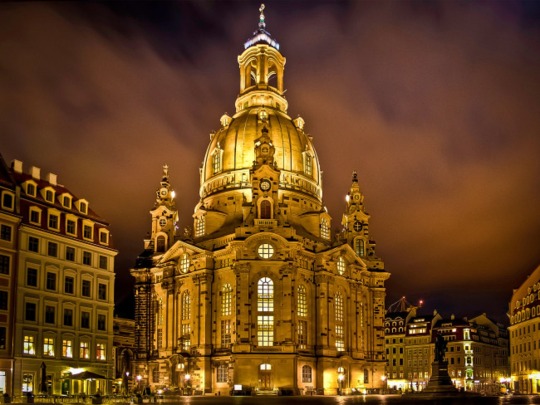
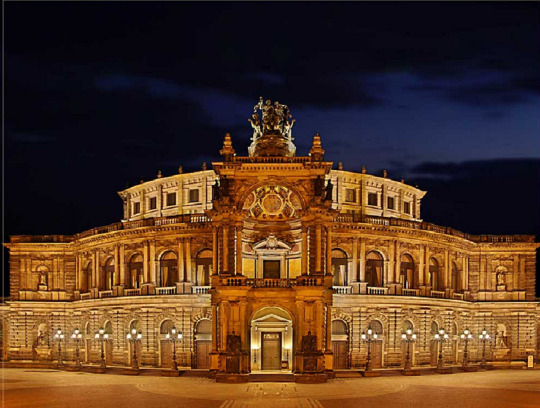
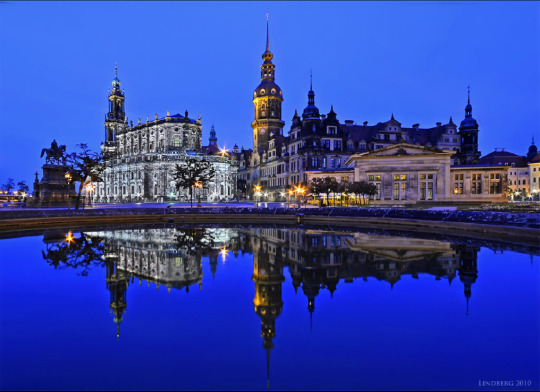
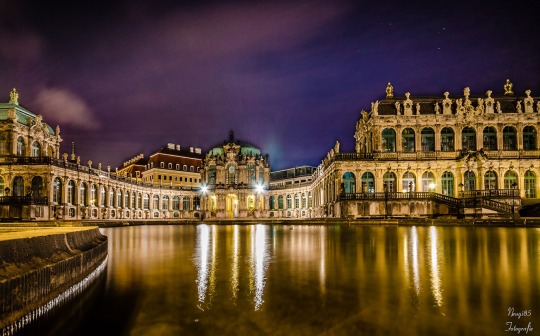
My beloved Dresden
The capital of Saxonia is called “Elbflorenz” (”Florence of the Elbe”) because of its beauty
The banks of the river Elbe
Brühlsche Terrasse (Brühl’s Terrace)
Goldener Reiter (an equestrian statue of the Saxon Elector and Polish King August the Strong)
Frauenkirche (Church of Our Lady)
Semperoper (Saxon State Opera - named after its builder Gottfried Semper)
Residenzschloss und Katholische Hofkirche (Royal Castle and Cathedral of the Holy Trinity)
Zwinger (Zwinger palace)
44 notes
·
View notes
Photo
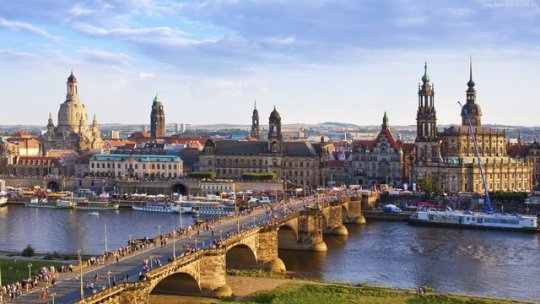
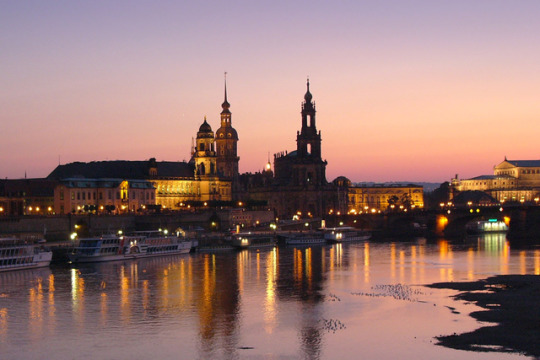
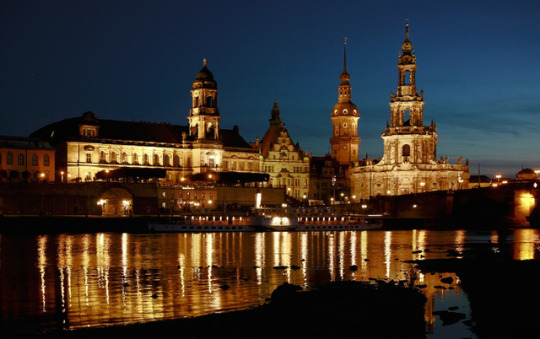
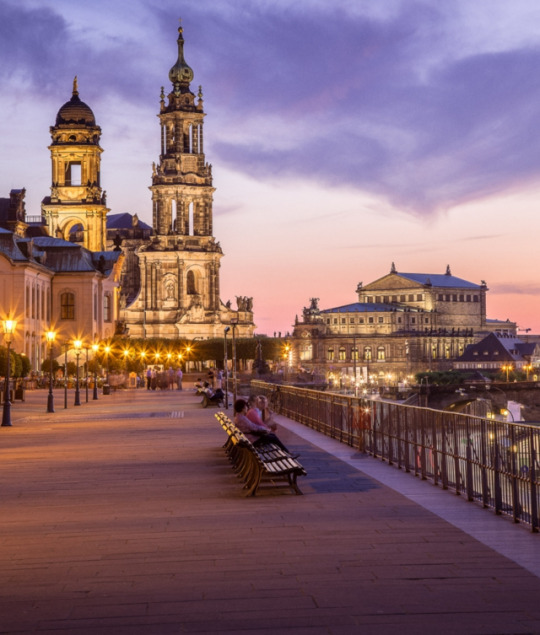
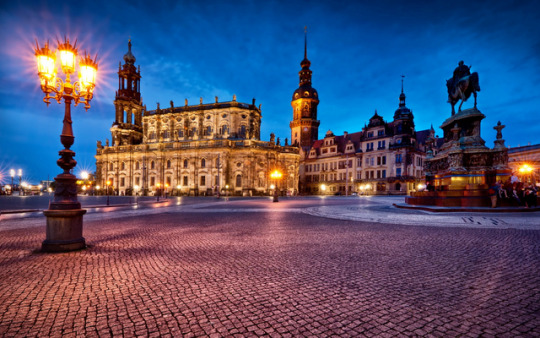
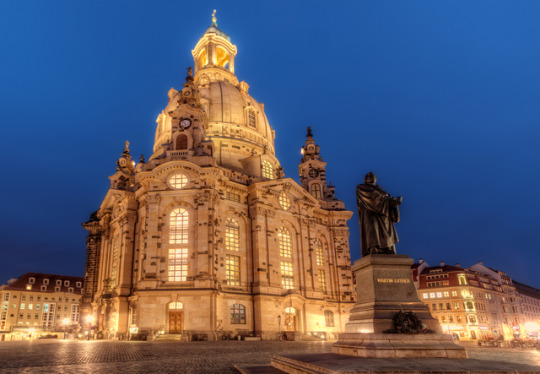
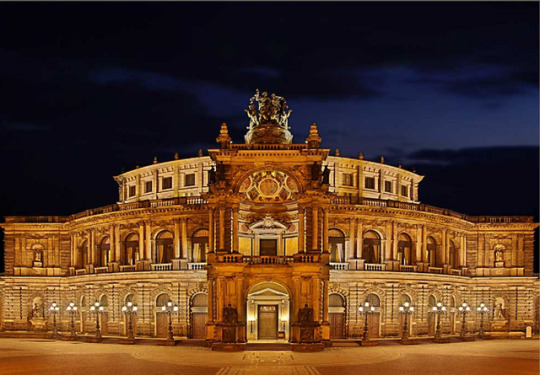
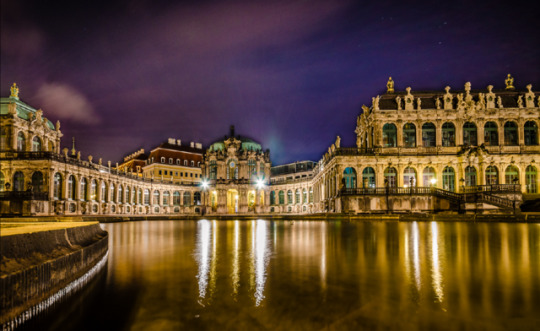
529 notes
·
View notes
Photo
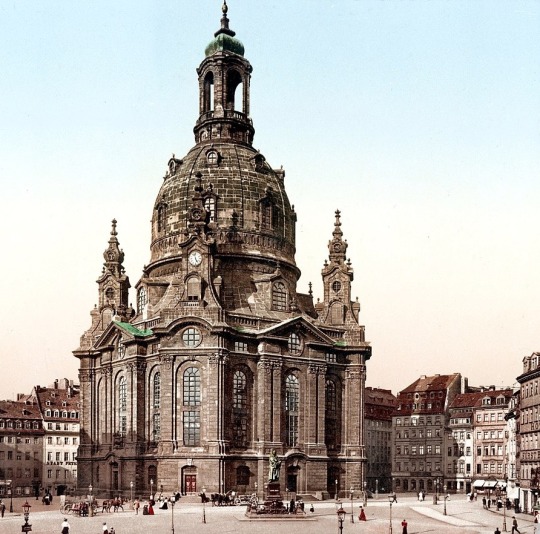
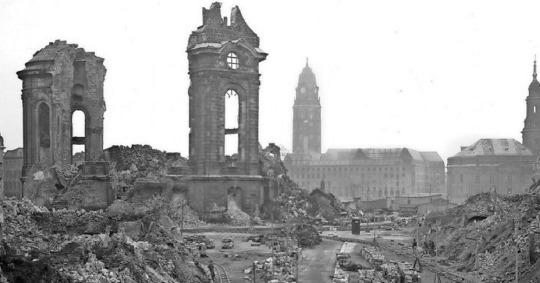
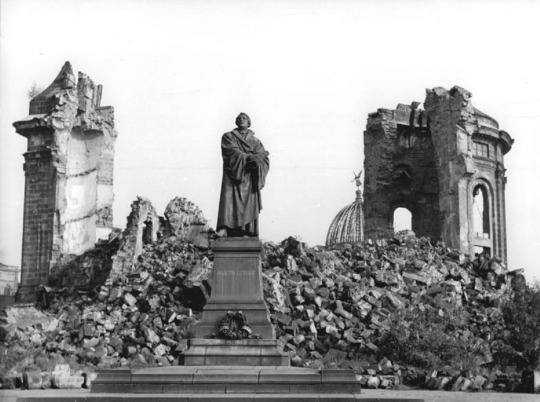
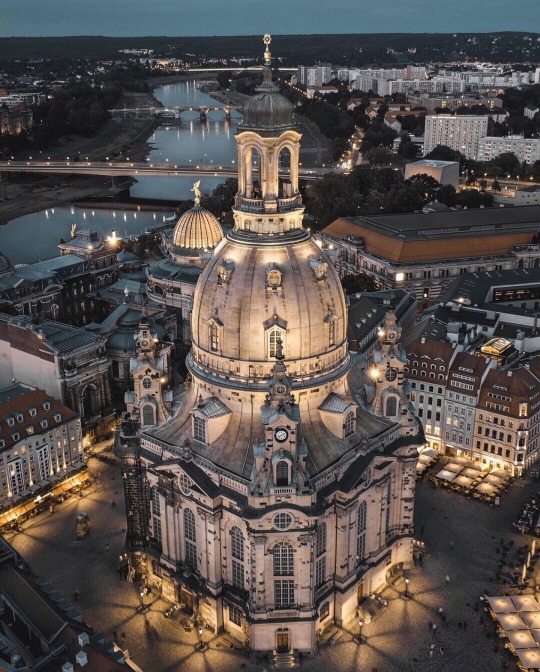
Das Herz und die Seele Dresdens: die Frauenkirche
erbaut von 1726 bis 1743 zerbombt am 13.02.1945 eingestürzt am 15.02.1945 als Denkmal gegen den Krieg als Ruine belassen Trümmerbeseitigung ab 1993 (die Höhe der Trümmer betrug 17 Meter, jeder Stein wurde einzeln abgetragen, da er eventuell für den Neubau verwendet werden konnte) wieder aufgebaut von 1996 bis 2005
The heart and soul of Dresden: the Frauenkirche
built from 1726 to 1743 bombed on February 13, 1945 collapsed on February 15, 1945 left in ruins as a memorial against the war removal of rubble from 1993 (the height of the rubble was 17 meters, each stone was removed individually because it could possibly be used for the new building) rebuilt from 1996 to 2005
60 notes
·
View notes
Photo

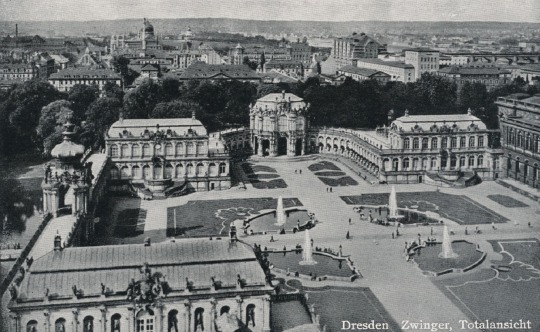

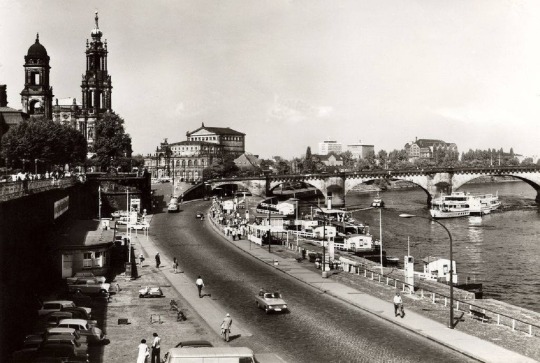

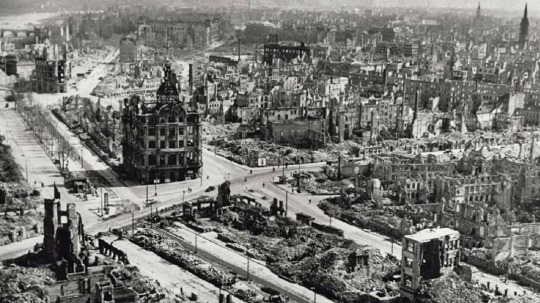

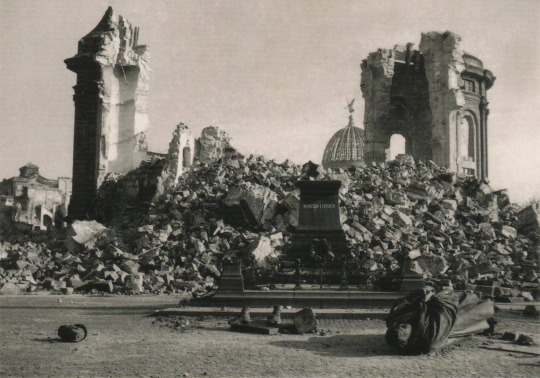


“Wer das Weinen verlernt hat, der lernt es wieder beim Untergang Dresdens. Dieser heitere Morgenstern der Jugend hat bisher der Welt geleuchtet. Ich weiß, dass in England und Amerika gute Geister genug vorhanden sind, denen das göttliche Licht der Sixtinischen Madonna nicht fremd war und die von dem Erlöschen dieses Sternes allertiefst getroffen weinen. Und ich habe den Untergang Dresdens unter den Sodom- und Gomorrha-Höllen der englischen und amerikanischen Flugzeuge persönlich erlebt. Wenn ich das Wort “erlebt” einfüge, so ist mir das noch wie ein Wunder. Ich nehme mich nicht wichtig genug, um zu glauben, das Fatum habe mir dieses Entsetzen gerade an dieser Stelle in dem fast liebsten Teil meiner Welt ausdrücklich vorbehalten. Ich stehe an Ausgangstor meines Lebens und beneide alle meine toten Geistes-kameraden, denen dieses Erlebnis erspart geblieben ist. Ich weine. Man stoße sich nicht an das Wort “Weinen”: die größten Helden des Altertums, darunter Perikles und andere haben sich seiner nicht geschämt. Von Dresden aus, von seiner köstlich-gleichmäßigen Kunstpflege sind herrliche Ströme durch die Welt geflossen, und auch England und Amerika haben durstig davon getrunken. Haben Sie das vergessen? Ich bin nahezu dreiundachtzig Jahre alt und stehe mit meinem Vermächtnis vor Gott, das leider machtlos ist und nur aus dem Herzen kommt: es ist die Bitte, Gott möge die Menschen mehr lieben, läutern und klären zu ihrem Heil als bisher.” (Gerhart Hauptmann)
Dresden 13./15. Februar 1945
“Elbflorenz” wird die sächsische Stadt wegen ihrer barocken Prachtbauten genannt: der Zwinger, die Frauenkirche, die Brühlsche Terrasse, die Gemäldegalerien, das Grüne Gewölbe und die Semperoper sind nur einige ihrer weltberühmten Wahrzeichen. Dresden gilt als eine der schönsten Städte Europas.
Bisher war Dresden von Bombenangriffen verschont geblieben. Tausende Flüchtlinge hatten in der Stadt Zuflucht gesucht, weil sie glaubten, in dieser Kunst- und Kulturstadt vom Krieg verschont zu bleiben. Am Faschingsdienstag, 13. Februar 1945 um 21:45 Uhr, wurde in Dresden der 175. Fliegeralarm ausgelöst. Die Menschen begaben sich in die Keller ihrer Häuser oder Wohnblocks und die wenigen vorhandenen Luftschutzbunker. Die Angriffe begannen bei aufgeklartem wolkenlosem Nachthimmel. Um 22:03 Uhr wurde die Innenstadt von Lancaster-Bombern des No. 83 Squadron, einer „Pfadfinder“-Einheit, mit Magnesium-Lichtkaskaden („Christbäumen“) ausgeleuchtet, zwei Minuten darauf warfen neun britische Mosquitos rote Zielmarkierungen auf das gut sichtbare Stadion am Ostragehege nordwestlich des Stadtkerns. Von 22:13 bis 22:28 Uhr fielen die ersten Bomben. 244 britische Lancaster-Bomber der No. 5 Bomber Group zerstörten die Gebäude mit 529 Luftminen und 1800 Spreng- und Brandbomben mit insgesamt 900 Tonnen Gewicht. Sie gingen südwestlich des Zielpunktes in einem 45-Grad-Fächer zwischen der großen Elbschleife im Westen der Stadt, dem industriell bebauten „Ostragehege“ (heute Messegelände) und dem etwa 2,5 km Luftlinie entfernten Hauptbahnhof nieder.
In diesen 15 Minuten wurden drei Viertel der Dresdner Altstadt in Brand gesetzt. Gezielte Treffer einzelner Gebäude waren bei diesen Nachtangriffen der RAF weder beabsichtigt noch möglich. Vielmehr sollte ein Bombenteppich die gesamte Innenstadt großflächig zerstören. Die Flammen der brennenden Innenstadt nach der ersten Angriffswelle waren im weiten Umkreis am Himmel zu sehen. Manche Brände loderten noch vier Tage lang.
Um 1:23 Uhr begann die zweite Angriffswelle mit 529 britischen Lancaster-Bombern der No.1, No. 3 und No. 8 Groups der Royal Air Force sowie der No. 6 Group der kanadischen Luftwaffe. Sie warfen bis 1:54 Uhr insgesamt 650.000 Stabbrandbomben – 1500 Tonnen – über einem Gebiet von Löbtau bis Blasewitz und von der Neustadt bis Zschertnitz ab. Die von der ersten Angriffswelle verursachten Brände dienten nach Augenzeugenberichten britischer Fliegerbesatzungen zur Orientierung für die nachfolgenden Bomber. Ihre Bomben trafen auch die Elbwiesen und den Großen Garten, wohin viele Dresdner nach der ersten Welle geflüchtet waren. Die Frauenklinik Pfotenhauerstraße des Stadtkrankenhauses Dresden-Johannstadt und die Diakonissenanstalt in der Neustadt wurden schwer beschädigt. Beide Bombardements betrafen ein Stadtgebiet von etwa 15 Quadratkilometern. Die zweite Angriffswelle zerstörte die Technik der ausgerückten Feuerschutzpolizei und verhinderte weitere Löschaktionen, sodass sich die zahlreichen Einzelfeuer rasch zu einem orkanartigen Feuersturm vereinten. Dieser zerstörte ganze Straßenzüge. In der extremen Hitze schmolzen Glas und Metall. Der starke Luftsog wirbelte größere Gegenstände und Menschen umher oder zog sie ins Feuer hinein. Sie verbrannten, starben durch Hitzeschock und Luftdruck oder erstickten in den Luftschutzkellern an Brandgasen. Wer sich ins Freie retten konnte, war auch dort dem Feuersturm und detonierenden Bomben ausgesetzt.
Den Nachtangriffen folgte am 14. Februar von 12:17 bis 12:31 Uhr ein Tagesangriff von 311 bis 316 B-17-Bombern der USAAF und zwischen 100 und 200 Begleitjägern. Sie warfen bei wolkenbedecktem Himmel über Dresden nach Zielradar 1.800 Sprengbomben (474,5 t) und 136.800 Stabbrandbomben (296,5 t) ab. Ihre Angriffsziele waren einige Rüstungsbetriebe und erneut der Bahnhof und das Reichsbahnausbesserungswerk Dresden in Friedrichstadt. Getroffen wurden auch das dortige Krankenhaus und umliegende Stadtteile. Wegen einer Wetterfront wichen zwei Bombergruppen etwa 100 km südwestlich vom Kurs ab und bombardierten nach Ausfall des Anflugradars einen Ortsteil von Prag im Glauben, es sei Dresden. Im etwa 35 km entfernten Neustadt ging am 14. Februar von den Nachtangriffen verursachter Ascheregen nieder.
Am 15. Februar etwa um 10:15 Uhr stürzte die ausgebrannte Frauenkirche - das Wahrzeichen und die Seele von Dresden - ein. Von 11:51 bis 12:01 Uhr folgte ein weiterer Tagesangriff von 211 amerikanischen Boeing B-17 Flying Fortress. Bei schlechter Sicht warfen sie 460 Tonnen Bomben, verstreut auf das gesamte Gebiet zwischen Meißen und Pirna.
Überlebende Augenzeugen berichten, dass einige alliierte Bomberpiloten Menschen im Tiefflug wie Hasen gejagt haben, um sie zu töten. Die Verwendung von Phosphor durch die Alliierten wird von Historikern bestritten, aber überlebende Augenzeugen berichten, dass ein Gebäude wie der Dresdner Bahnhof, das aus massivem Stahl gebaut war, wie Wachs schmolz und sogar Pflastersteine in Flammen standen. Dies konnte nur durch die Verwendung von Phosphor verursacht werden.
Abgesehen dass von den einzigartigen architektonischen Kunstschätzen Dresdens kaum etwas übrig blieb, wird über die Opferzahlen heftig debattiert. Historiker gehen von etwa 25.000 Toten aus, während Augenzeugen und Überlebende von Hundertausenden ausgehen, zumal sich in Dresden damals Tausende von polizeilich nicht erfassten Flüchtlingen aufhielten und zahlreiche Opfer durch die immense Hitze der abgeworfenen Bomben verbrannten, ohne Spuren zu hinterlassen.
Dresden 13./15. February 1945
Dresden is one of the most beautiful cities in Europe. For its unique architectural beauty it is called “Elbflorenz” (“Florence of the Elbe”). Zwinger Palace, Frauenkirche (Church of Our Lady), Brühl’s Terrace, the Picture Galleries, the Green Vault and the Semper Opera House are just a few of its world-famous landmarks.
So far, Dresden had been spared from air raids. Thousands of refugees had sought shelter in the city because they believed they were spared from the war in this city of art and culture.
On Shrove Tuesday, February 13 1945 at 9:45 pm, sirens sounded the 175th air raid warning in Dresden. The people went to the cellars of their houses or apartment blocks and to the few existing air-raid shelters.
The attacks began on a clear, cloudless evening sky. At 22:03 Lancaster bombers of the No. 83 Squadron, a “scout” unit, lit the inner city with magnesium light cascades (“Christbäume”), two minutes later nine British Mosquitos threw red target marks on the well-visible stadium at the Ostragehege northwest of the city center. From 22:13 to 22:28 the first bombs fell. 244 British Lancaster bombers of the No. 5 Bomber Group destroyed the buildings with 529 airmines and 1800 explosive and fire bombs with a total weight of 900 tons. They descended to the south-west of the destination in a 45-degree fan between the large Elbe loop in the west of the city, the industrially built “Ostragehege” (today exhibition grounds) and the main railway station, which is about 2.5 km away.
In these 15 minutes, three quarters of Dresden’s historic distric were set on fire. Targeted hits of individual buildings were neither intended nor possible during these RAF night attacks. Rather, a bomb carpet should destroy the entire inner city on a large scale. The flames of the burning city center after the first wave of attack were visible in the sky within of many hundreds of miles. Some fires continued for four days.
At 1:23 the second attack wave began with 529 British Lancaster bombers of No.1, no. 3 and no. 8 groups of the Royal Air Force and the No. 6 Group of the Canadian Air Force. They threw a total of 650,000 bomb bombs - 1500 tons - over an area from Löbtau to Blasewitz and from Neustadt to Zschertnitz until 1:54 am. The fires caused by the first attack wave were used by the British aviation authorities to provide guidance for the subsequent bombers. Their bombs also hit the meadows of the river Elbe and the Great Garden, where many Dresdeners had seeked shelter after the first air raid. The gynaecological clinic Pfotenhauerstraße of the city hospital Dresden-Johannstadt and the hospital “Diakonissenanstalt” in the Neustadt were severely damaged. Both bombardments concerned a city area of about 15 square kilometers. The second attack wave destroyed the technology of the fire-fighting police, and prevented fire-fighting duties, so that the numerous individual fires quickly combined into a hurricane-like firestorm. This destroyed whole streets. In the extreme heat glass and metal melted. The strong air suction swirled larger objects and people around or pulled them into the fire. They burnt, died of heat shock and air pressure or suffocated from the fire gases in the few air-raid shelters. Anyone who could save himself in the open air was also exposed to the firestorm and detonating bombs.
On 14 February from 12:17 to 12:31 a day attack followed from 311 to 316 B-17 bombers of the USAAF and between 100 and 200 accompanying hunters. They threw 1,800 explosive bombs (474.5 tons) and 136,800 bombs (296.5 tons) over Dresden in the cloudy sky. Their attack targets were some armaments companies and again the station although virtually everything of it already was in ruins. The hospital and surrounding districts were also affected. Because of a weather front two bomber groups deviated about 100 km southwest of the course and bombed a district of Prague in the belief that it was Dresden after the failure of the approach radar. In the Neustadt (new town), which was about 35 km away, a ash fall was caused by the night attacks on 14 February.
On February 15, at about 10:15 the burned-out Frauenkirche - the symbol of the heart of Dresden - collapsed.
From 11:51 to 12:01 followed another day attack of 211 American Boeing B-17 Flying Fortress. In poor visibility they threw 460 tons of bombs, scattered over the entire area between Meißen and Pirna.
Surviving eyewitnesses testify that some allied bomber pilots chased people in low-level flight like rabbits to kill them. The use of phosphor by the Allies is denied by historians but surviving eywitnesses state that a building like the Dresden train station that was build of massive steel melted like wax and that even paving stones were in flames. This could only be caused by the use of phosphor.
Apart from the of complete destruction of all of Dresden’s numorous unique architectural treasures, the number of victims is heavily debated. Historians go on about 25,000 deaths, while witnesses and survivors are speaking of hundreds of thousands because in Dresden thousands of unaccounted refugees were present at the time of the bombings, and numerous victims were burned to ashes immediately by the immense heat during the air raids.
The famous German author Gerhart Hauptmann wrote:
“Whoever has forgotten how to weep, he learns it again at the downfall of Dresden. This cheerful morning star of youth has so far shone to the world. I know that there are good spirits in England and America, to whom the divine light of the Sistine Madonna was not alien, and which are deeply moved by the extinction of this star. And I personally experienced the downfall of Dresden under the Sodom and Gomorrah hells of English and American airplanes. When I insert the word “experienced”, it is still a miracle to me. I do not take myself to be so important to believe that the Fatum has reserved this horror just at this point in the almost dearest part of my world. I stand at the end of my life and envy all my dead fellow writers, who have been spared this experience. I weep. One does not irk touch the word “weeping”: the greatest heroes of antiquity, including Pericles and others, have not been ashamed of it. From Dresden, from its deliciously artistry, splendid streams have flowed through the world, and England and America have also drank of thirsty. Did they forget that? I am almost eighty-three years old, and stand with my legacy before God, which is unfortunately powerless and comes only from the heart: it is the request that God should love men more, purify and clarify their salvation than before. “
20 notes
·
View notes
Note
die täler entlang klingt das lied der berge, wie geht der text weiter?
Die Täler entlang klingt das Lied der Berge Wie schönster Gesang fern von uns’rer Zeit So tief in mein Herz dringt das Lied der Berge Mein Herz möchte singen vor Seligkeit
Mein Herz wünscht, ein Vogel zu sein Dessen frohes Lied hoch vom Baume erklingt Mein Herz möchte schlagen wie Glockenklang den der Schall zu mir bringt und jauchzen vor Fröhlichkeit wie ein Bach der von Felsklippe springt und jubeln so laut wie die Lerche im Ätherblau singt
Die Täler entlang klingen meine Lieder Weil Lieder für mich meine Träume sind Mein Herz wird beglückt durch das Lied der Berge, Das der Wind her weht
Julie Christie wird in der deutschen Fassung von Marion Degler synchronisiert, die Gesangspassagen übernahm Ursula Schirrmacher. Die deutsche Textfassung stammt von Eberhard Storch und Eberhard Cronshagen.
youtube
#the sound of music#meine lieder - meine träume#rodgers and hammerstein#deutsche version#german version
0 notes
Text
The two photos on the left show Holmes and Watson during their visit to young Holder in prison in the episode "Das Beryll-Diadem".
The photo without Schellow and Roth shows Swiss actor Walo Lüönd as Ross in the episode "Die Liga der Rothaarigen".




Promotional stills from "Sherlock Holmes" with Erich Schellow and Paul Edwin Roth (1967)
#erich schellow#paul edwin roth#sherlock Holmes#dr. watson#german sherlock holmes#they are adorable#made for each other
32 notes
·
View notes